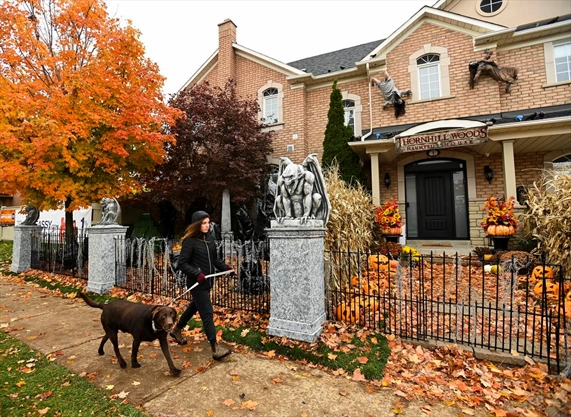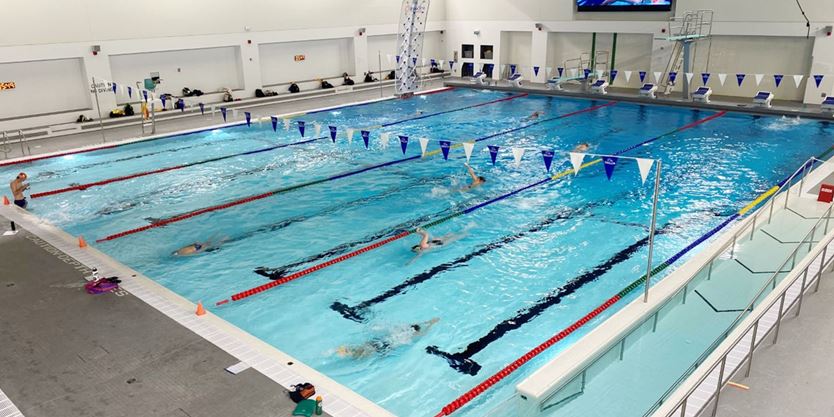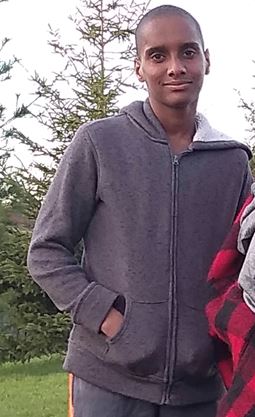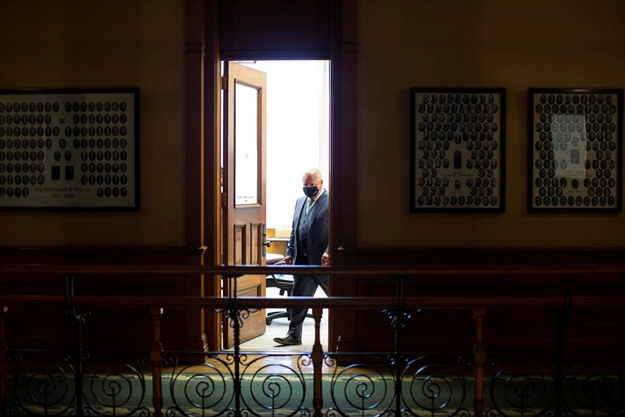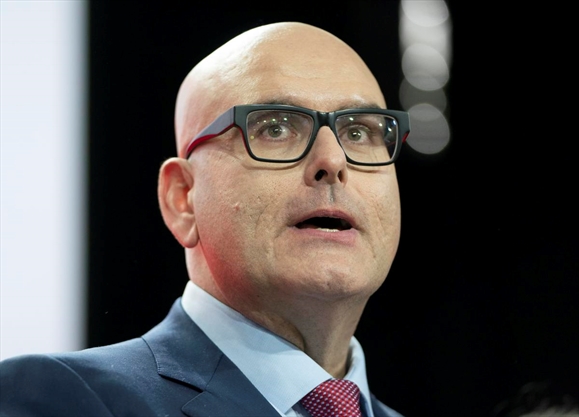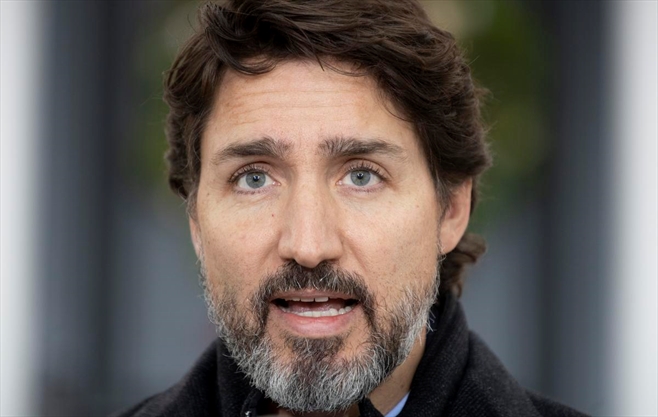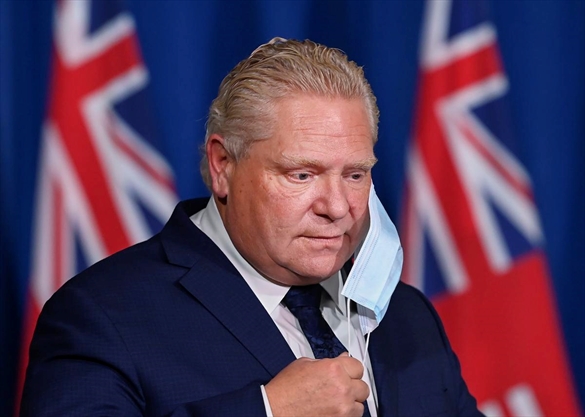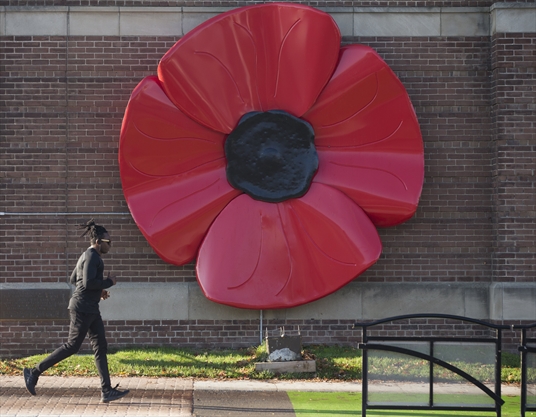Under COVID-19, work-at-home has hollowed out Toronto’s core. Will it ever spring back to life?
Prairie Girl Bakery’s fantastically flavoured cupcakes and designer confections have been longtime favourites of Toronto office workers. Before , they could be picked up for work events or on the way home from five Prairie Girl stores, including two in the underground PATH at First Canadian Place and Brookfield Place.
When COVID-19 shut down the city in mid-March, the bakery’s founder Jean Blacklock remembers thinking that her team would be back to work before the buttermilk in the kitchens expired in April.
They were naive, she says now.

It was around June that Blacklock made the decision to permanently close all but the original Prairie Girl at King Street East and Victoria Street. It is extremely busy, she said, in part because the company’s treats can be boxed individually for safe, distanced celebrations.
“We’re really doing very well for one store — but we had five,” said Blacklock.
“In terms of my business, people will continue to celebrate. Human nature will remain human nature. But the nature of work and where we do it, I think, is changing fundamentally,” she said.
She isn’t alone. Experts say remote work is having a profound effect on office space downtown and the businesses traditionally supported by the people who worked in them, an impact that could reshape or “rebalance” how the city’s core develops in the future.
Mayor John Tory told the Toronto Region Board of Trade last week that he is convening a group of business leaders to help address the long-term effects of the pandemic on downtown. Without minimizing the challenges to main street and suburban business, he said “there’s more at stake” in the core, where the office towers are now only 10 per cent occupied.
“If the whole thing goes into a massive decline then you have a much bigger collective impact on one small area that is important to the Toronto, Ontario and national economy,” said Tory.
According to new data from the board, work in the accommodation and food-service sectors accounts for almost 40,000 jobs or eight per cent of all employment in the core — but has the lowest capacity for remote work of all industries, at just one in 20 jobs.
The figures, found in the board’s regional recovery playbook, Shaping our Future, show that in terms of the current use of commercial space in the city core during the pandemic, about 68 per cent of jobs have the capacity for remote work.
“That’s almost 350,000 jobs having a high capacity for remote work…So that’s a significant amount of traffic that the downtown is not seeing,” said Marcy Burchfield, vice-president of the Board of Trade’s Economic Blueprint Institute.
According to its study, the sectors with the highest capacity for remote work are finance and insurance, which account for 115,875 downtown jobs. About 96 per cent of those industries have the capacity/opportunity for at-home work. The 89,955 positions downtown in professional, scientific and technical services fields aren’t far behind at 88 per cent.
Meanwhile, the study shows that the third- and fourth-largest sectors in terms of downtown employment do not have a high capacity for remote work. The health-care and social-assistance fields account for 46,780 jobs in the core — but just 29 per cent can be done remotely.
Accommodation and food-service jobs downtown might not shift to working from home, but the trend may well impact them all the same. Positions “in food service and retail are directly related to the demand generated by having people coming into downtown for work,” notes the study.
Prairie Girl’s Blacklock doesn’t think big downtowns like Toronto will ever be the same. Companies have become too adept at managing with much of their workforce at home.
“When this is over and it’s no longer a public health crisis why would they return? I think it’s moved beyond a public health crisis into a repositioning of where people work,” she said.
Nowhere is this more apparent than in Toronto’s PATH system, the vast underground network of commercial and walking space. Pre-COVID on any weekday — especially around lunchtime and after work — you could find packed corridors filled with people grabbing meals, shopping, coming to or from their jobs and using transit stops connected to the network.
These days those corridors are empty.
“The term, ‘perfect storm,’ though clichéd, is not far off as it applies to the PATH,” said Karl Littler, vice-president of public affairs for the Retail Council of Canada. “You have an absence of office workers — far more people are working from home as was the case before. The number of people working from home is five times as high as it was in pre-COVID times. There are no tourists or next to none. University and college students are at home.
“Take all of that and you have an obvious foot traffic problem.”
The apparel industry for example — clothing, shoes, accessories — has taken a drubbing. Littler said the apparel industry has in the last four months lost $7 billion in Canada, which suggests about $500 million in losses in Toronto.
“What’s in the PATH in Toronto? A lot of apparel,” he said.
If even a fraction of those Toronto jobs shifted home don’t ever return to the core, there is the potential for a “profound re-balancing of growth” where growth is no longer concentrated in denser urban centres across the region, the Board of Trade study concludes.
What’s clear, said Littler, is we’re going to see some net shift from Toronto to the suburbs as far as shopping — simply by virtue of remote working.
Burchfield said experts are predicting that “dispersed development” as opposed to concentrated growth in urban centres like Toronto. If remote work takes hold, she said, offices may need to provide different uses — some people are talking about child care or possibly affordable housing.
So far, downtown office rents are holding steady in Toronto, according to a third-quarter report released by commercial real estate company CBRE on Tuesday. But the vacancy rate rose in that period to 4.7 per cent, from 2.7 per cent in the second quarter.
Thirty-six per cent of all the vacant space downtown is sublet space, which rose 136 per cent quarter over quarter as companies — many of them technology based — re-evaluated their office requirements, said the report.
Chuck Scott, CEO of commercial real estate firm Cushman and Wakefield Canada, is not predicting the demise of the office. In fact, his company expects Toronto’s need for office space will expand once the pandemic passes.
“The office will always be there. It’s just going to be rethought and part of an overall workplace eco-system,” said Scott.
Companies will reassess their footprint as home-based work takes its place in that eco-system. But that will be offset by the need to provide more square footage for workplace physical distancing — a reversal of the recent trend toward denser offices, Scott said.
“We’re going to see vacancy rise and rents softening in the near term,” said Scott. “But long term, we see the demand (for office space) growing.”
Cushman and Wakefield’s Global Office Impact Study & Recovery Timing report, released on Tuesday, forecasts asking rents for office Canadian office space will start to soften by the end of this year and will decline 5.5 per cent from the peak by the end of 2021. Office employment, though, is forecast to recover by the second quarter of next year, with rents anticipated to recover by the third quarter of 2022.
Toronto will continue attracting “an outsize share” of tech-sector jobs, according to the report.
“From 2022 to 2030 we’re actually expecting office demand to grow by just over 53.9 million square feet in Canada. That’s in spite of a 14.5 per cent drag we’re expecting from the impact of work from home,” said Scott.
Toronto went into the pandemic with record low vacancies and a reputation for attracting top talent. That, he said, will sustain it through the pandemic challenges.
When it comes to attracting global retailers and luxury brands, Toronto also compares favourably to some other global cities, said Arlin Markowitz, senior vice-president at CBRE. Canada’s handling of the pandemic and its relative stability look attractive even next to hot markets like New York or Miami, he said.
Markowitz, who heads up CBRE’s urban retail team, said his group has set up 28 retail leases in the last 60 days, most for service stores — banks, grocers, dentists and cannabis shops.
“In dense neighbourhoods people still need veterinarians, a dentist, a take-out coffee shop, people still want fast food,” he said.
And while the PATH has been hard hit, Markowitz said there are sparks of interest by luxury retail brands in space in the Bloor St.-Yorkville area.
Some businesses think they can scoop a discount because of COVID, he said, “and frankly, that’s what they’re doing.”
However, small is “the flavour of the month” among retailers, he added, suggesting some are leasing spaces as tight as 700 sq. ft.
And while enclosed shopping malls may be struggling, suburban strip plazas have advantages, said Markowitz.
“In the past 10 years the narrative has been urban — the suburbs are dead and all that. Now some of those suburban centres are looking very attractive,” he said. “People like the idea of pulling up to a strip plaza, parking right in front of the store they want to go to. You put on your mask and you get out.
“Retail always finds a way to evolve,” said Markowitz. “Whether it’s cannabis consumption lounges or stationary bikes and treadmills, there’s always going to be a new kid on the block.”
Although Toronto’s core has seen profound changes, the waterfront has managed to maintain almost as much foot traffic as last summer despite the absence of tourism, said Tim Kocur, executive director of the Waterfront Business Improvement Area (BIA).
As part of its pedestrian count, the BIA did a snap survey asking people why they had come. “Of the 100 we asked, 62 gave postal codes that were Dundas Street or south — so a 30-minute walk. Two-thirds of people were actually from downtown and were just spending more time on the waterfront this year,” he said.
The business community plans to build on that local interest by planning events such as public art installations, that add excitement but don’t encourage gathering.
“There’s definitely worry because we can’t fully understand the future so it’s hard to forecast how well we’ll be doing in a year or two,” said Kocur.
But waterfront businesses are optimistic about the area’s “bounce-back potential,” he said.
“We’re hoping that Toronto will actually be even more of a waterfront city because this has been one of the prime destinations for people who couldn’t get out of town.”
Correction – Oct. 2 – This story has been updated to correct the name of Jean Blacklock
Tess Kalinowski is a Toronto-based reporter covering real estate for the Star. Follow her on Twitter:
Donovan Vincent is a housing reporter based in Toronto. Follow him on Twitter:

